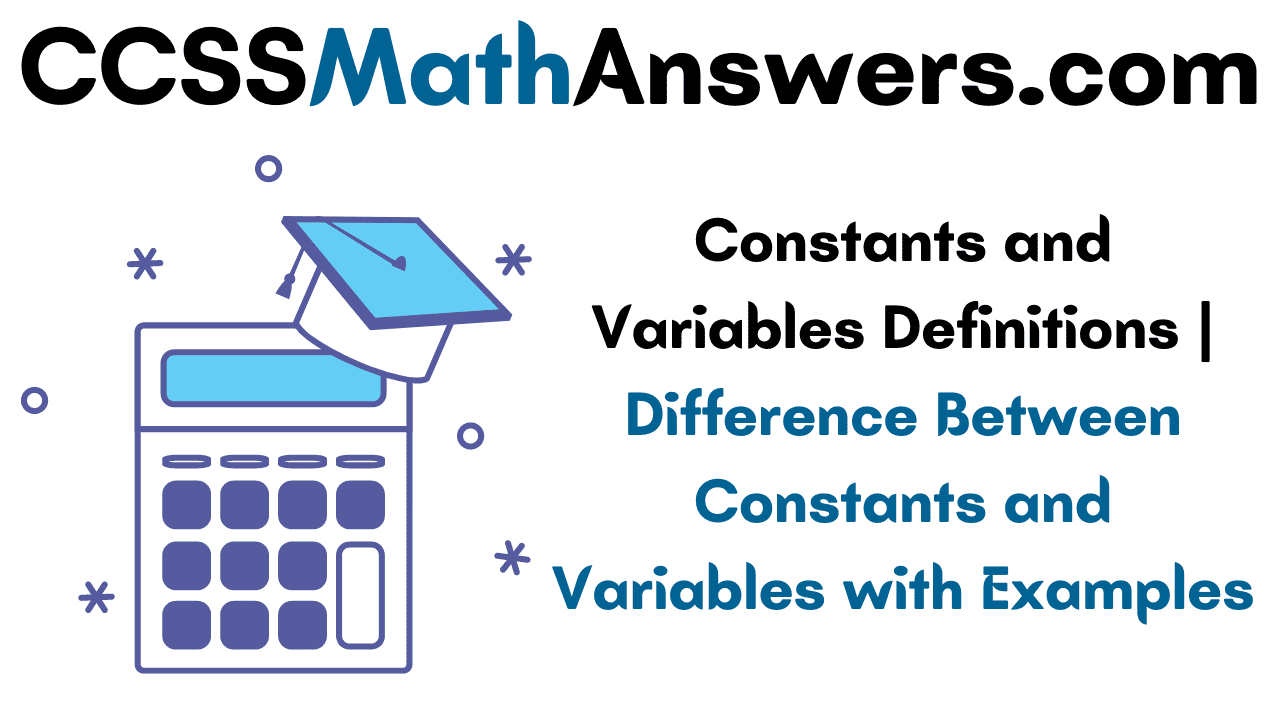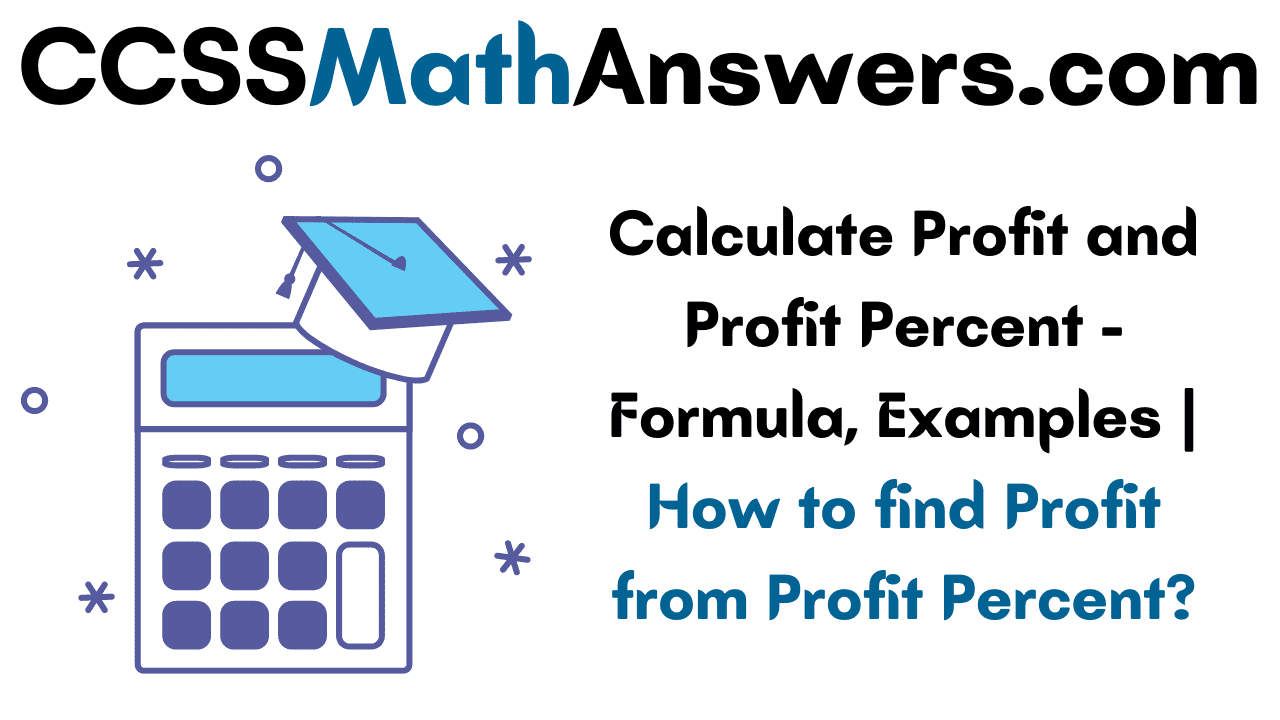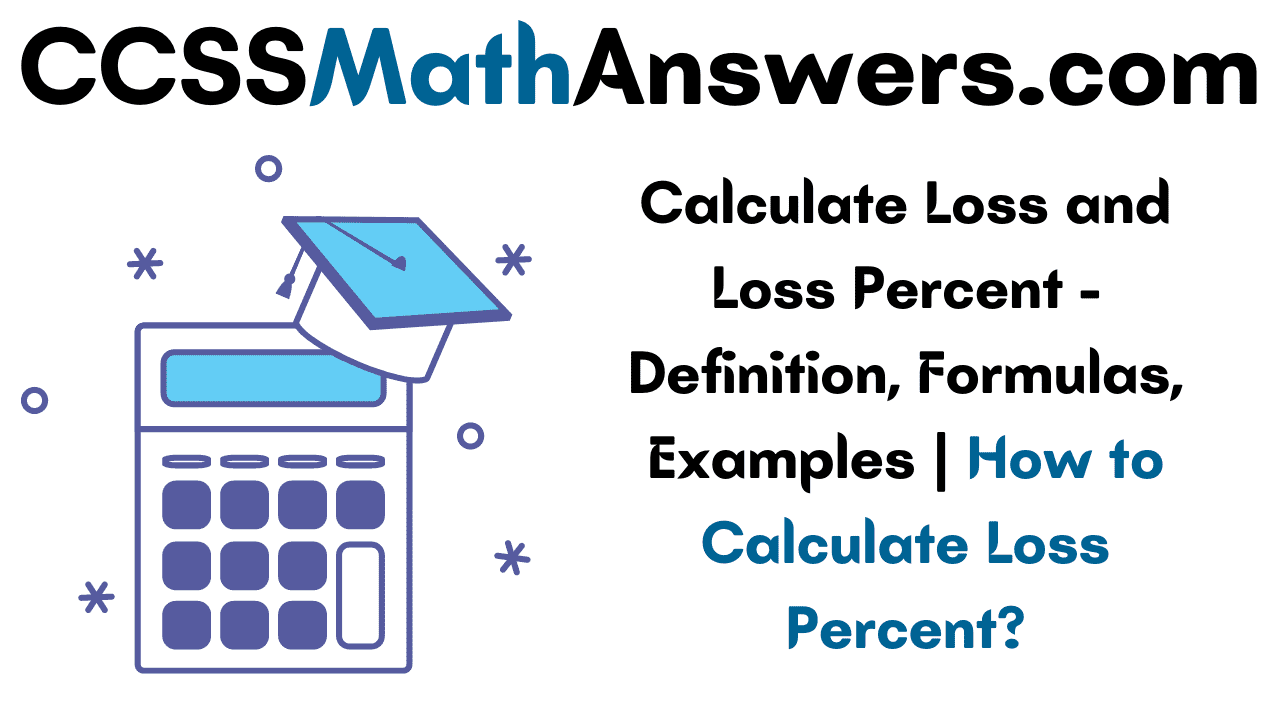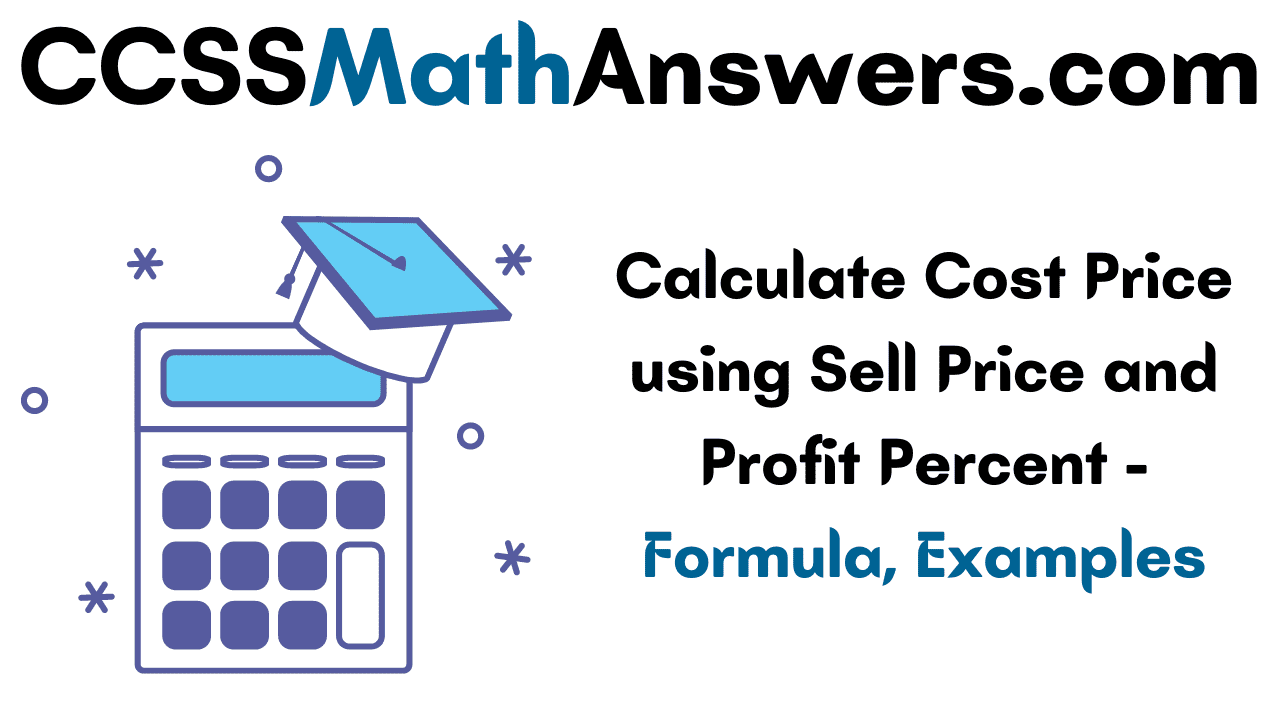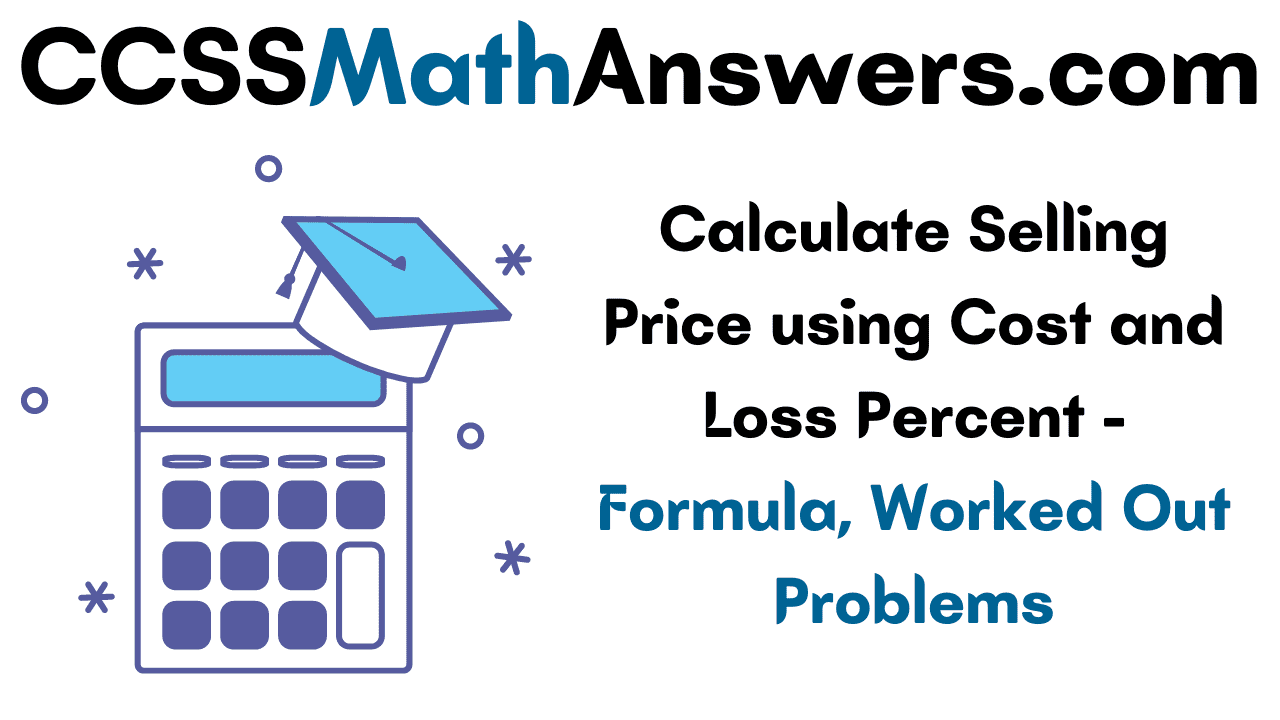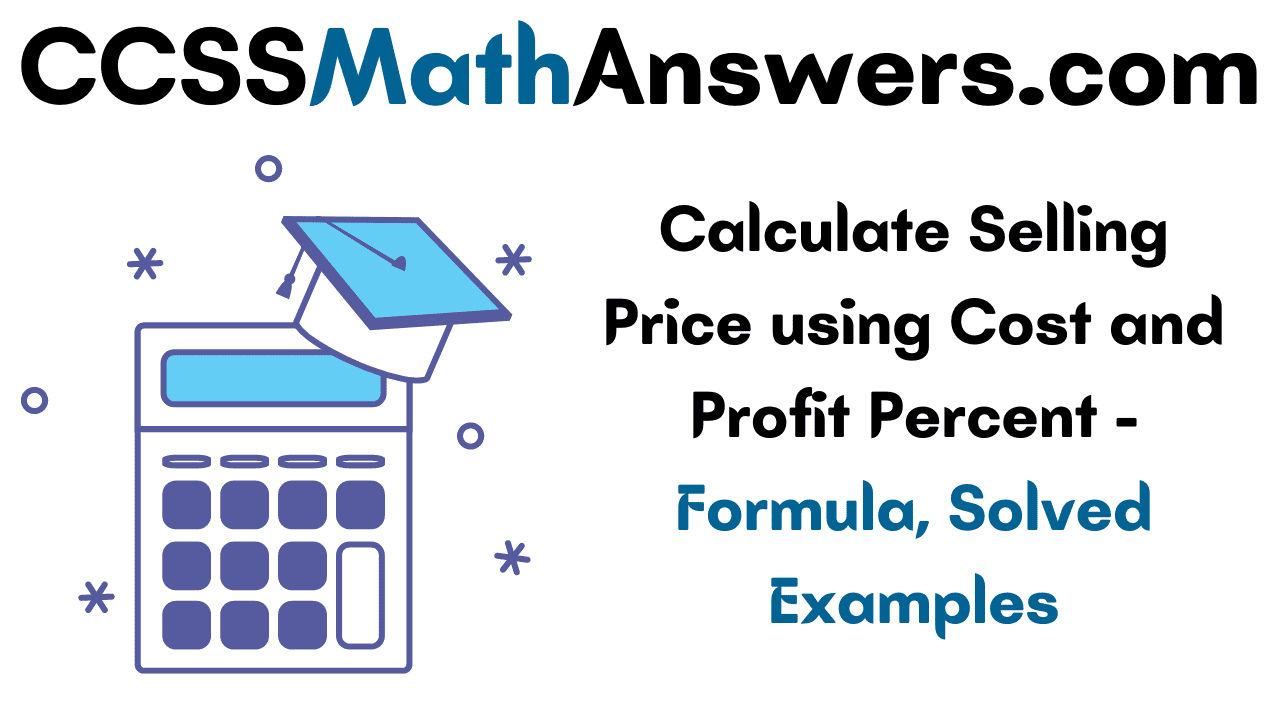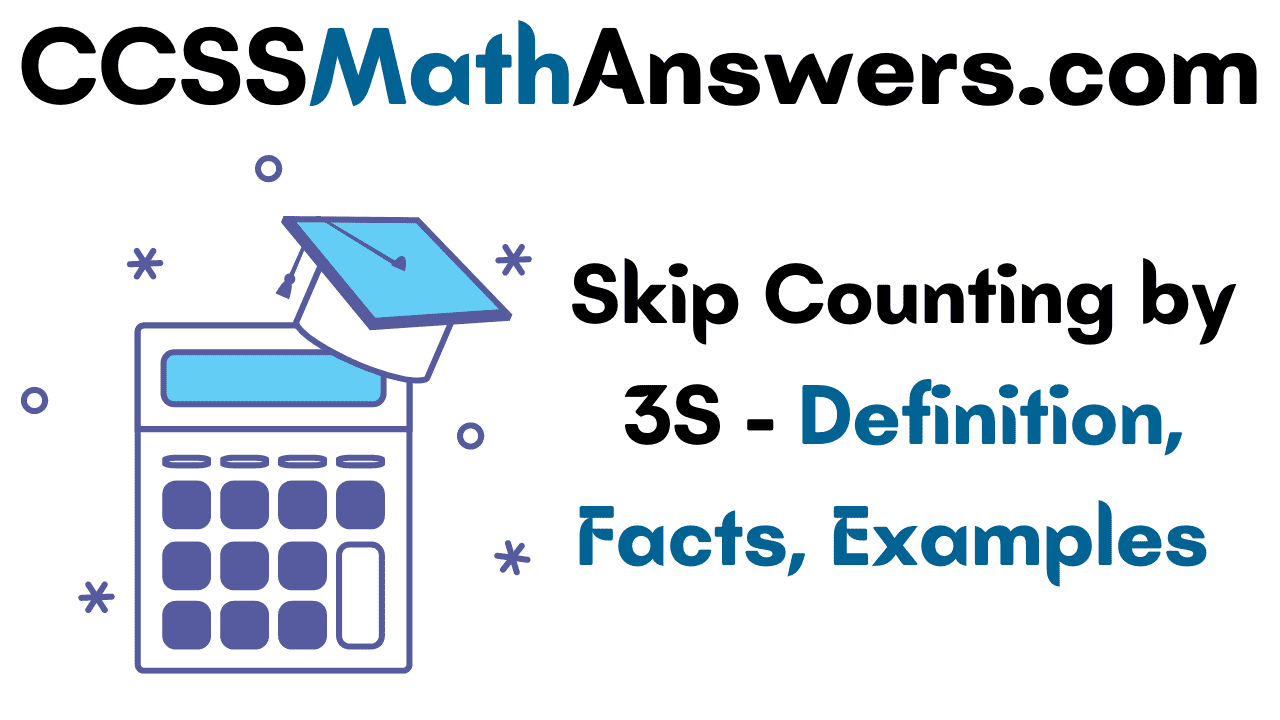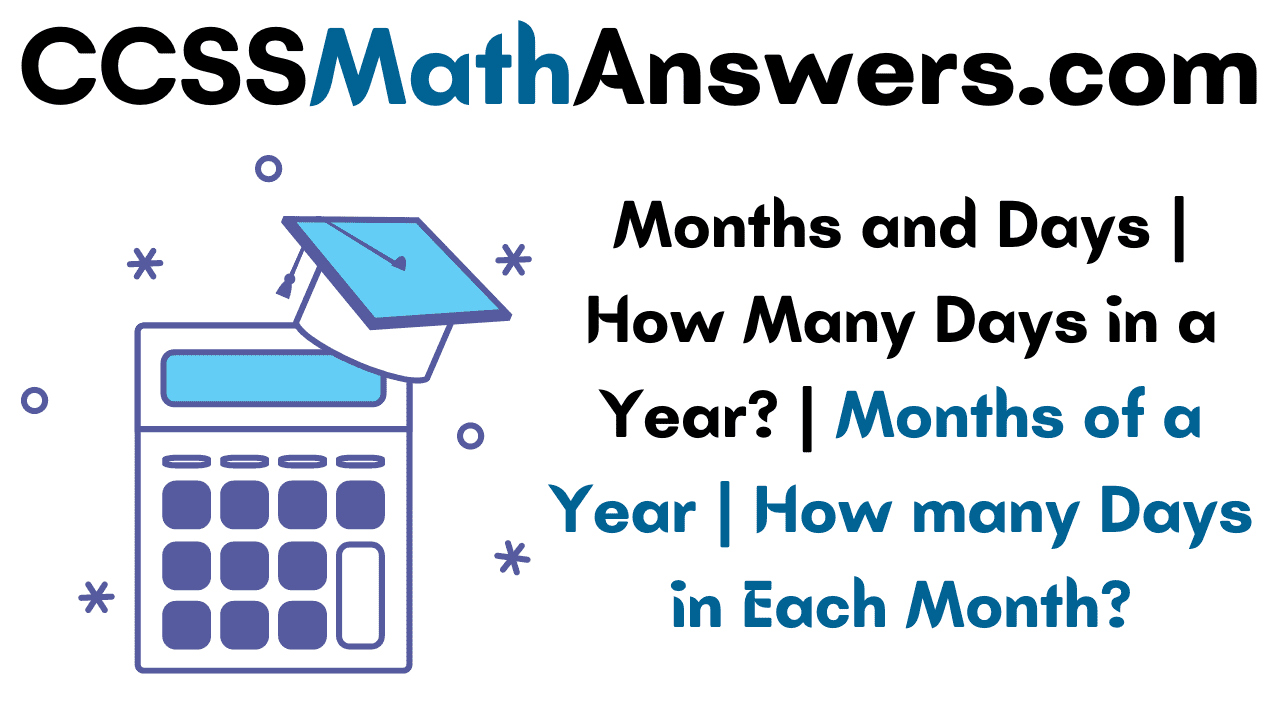Examples on Fundamental Operations are here. Get step by step procedure and ways to apply the formulae to the problems. Know the various operations like addition, subtraction, division, multiplication problems. Get all the simple and easy tips to complete the problem without any confusion. Refer to all the problems in the below sections and also follow various methods to solve those problems.
Basic Mathematical Operations Examples
Before knowing the examples, first, you must know the important points of fundamental operations on integers. We are giving the complete details regarding the integer’s fundamental operations.
Important Points
- The integers are defined by the numbers …,-4, -3,-2,-1, 0,1, 2, 3, 4…
- 1, 2, 3, 4,… are called positive (+) integers and -1,-2,-3,… are called negative (-) integers. 0 is defined as neither a positive value nor a negative value.
- Integer 0 is considered as a value that is less than every positive number and greater than every negative number.
- The absolute value of an integer is considered as its numerical value of that integer without the consideration of its sign.
- The absolute value of an integer is considered as either positive or zero which cannot be a negative number.
- The sum of two integer numbers having the same sign is the sum of their absolute values with a positive sign.
- The sum of two integer numbers having the opposite signs is the “difference” of their absolute values and indicates the sign of the greater absolute value.
- To subtract an integer y from x, we change the sign of y and add, i.e., x + (-y)
- The product of two integer numbers having the same sign is positive (+).
- The product of two integer numbers having different signs is negative (-).
- 2 integers, which when added give 0, are called the additive inverse of each other.
- The additive inverse of zero is zero.
Four Fundamental Operations Problems
Problem 1:
Two lakh sixty-three thousand nine hundred fifty-three visitors visited the trade fair on Sunday, four lakh thirty-three thousand visited on Monday, and three lakh twenty thousand six hundred fifty-six visited on Tuesday. How many visitors in all visited the trade fair in these three days?
Solution:
As per. the given question,
Visitors visited the trade fair on Sunday = 2,63,953
Visitors visited the trade fair on Monday = 4,33,000
Vistors visited the trade fair on Tuesday = 3,20,656
To find the no of visitors in all visited the trade fair, we have to apply the addition fundamental operation.
Therefore, the total visitors on 3 days = 2,63,953 + 4,33,000 + 3,20,656
= 10,17,609
Thus, the final solution is 10,17,609 visitors
Problem 2:
From a book store, 12,685 books were bought for the primary section of the school library. 15,790 books were bought for the middle section; and 13,698 books for the senior section. What was the total number of books bought?
Solution:
As per the given question,
Number of books bought for Primary section = 12,685
Number of books bought for Middle Section = 15,790
Number of books bought for Senior Section = 13,698
To find, the total no of books bought, the fundamental operation of addition is to be applied
Therefore, the total number of books = 12,685+15,790+13,698 = 42,173
Thus, the final solution is 42,173 books
Problem 3:
The masons used 1,75,692 bricks for the construction of Mr. Sharma’s house, and 2,16,785 bricks for the construction of Mr. Verma’s house. For whose house the masons used more bricks and how many bricks were used?
Solution:
As per the given question,
Bricks used for Mr. Sharms’s house = 1,75,692
More bricks were used for the construction of Mr. Verma’s house.
To find the number of bricks that were used, we apply the fundamental operation of subtraction.
The number of more bricks used for Mr. Verma’s house = 2,16,785 – 1,75,692
= 41,093
Thus, the final solution is 41,093 bricks.
Problem 4:
In a month, 1,23,498 people travel from one station to another by metro. If the distance fare Rs.32 paid by each traveler, then how much money will be collected in a month?
Solution:
As per the question,
Number o0f people travel by metro = ,1,23,498
Distance fair paid by each traveler = Rs.32
To find the money, collected in a monthy, we apply the fundamental operation of multiplication.
The amount of money collected in a month = 1,23,498 x 32 = 39,51,936
Thus, the final solution is 39,51,936 Rs
Problem 5:
If a dictionary contains 3,215 pages and there are 215 words arranged on each page, then how many words are there in the whole dictionary?
Solution:
As per the given question,
Total number of pages in the dictionary = 3,215
Number of words on each page = 215
To find the number of words in the whole dictionary, we apply the fundamental operation of multiplication.
Therefore, the number of words in whole dictionary = 3,215 x 215 = 6,91,225 words
Thus, a total number of words in the dictionary =6,91,225 words.
Problem 6:
An organizer has 25,90,488 tickets to be equally sold among 358 singing concerts. How many people will be there in each singing concert?
Solution:
As per the given question,
Total number of tickets = 25,90,488
Number of singing concerts = 358
To find the number of people in each singing concert, we apply the fundamental operation of division.
Therefore, the number of people in each singing concert = 25,90,488 / 358 =7,236 people
Thus, the final solution is 7,236 people.
Problem 7:
A contractor sent 76,95,940 bricks for the construction of 70 chambers. If an equal number of bricks was required for each chamber, how many bricks were used for each chamber?
Solution:
As per the given question,
Total number of bricks = 76,95,940
Number of chambers = 70
To find the total number of bricks used for each chamber, we apply the fundamental operation of division.
Therefore, The total number of bricks used for each chamber = 76,95,940 / 70 =1,09,942 bricks.
Thus, the final solution is 1,09,942 bricks.
Problem 8:
Mohan bought a table for Rs 12,450 and a chair for Rs. 5,400. Find the total money spend by him on buying two items?
Solution:
As per the given equation,
Cost of the table = Rs 12,450
Cost of the chair = Rs 5,400
To find the total cost, we apply the fundamental operation of addition.
Therefore, the total cost of items = Rs 12,450 + 5,400 = 17,850
Thus, the total money spent by him in buying two items is Rs. 17,850
Hence, the final solution is 17,850 Rs.
Problem 9:
Rahul bought a laptop for Rs 1,02,500, video game for Rs 5,600 and furniture for Rs 72,500. How much did he spend in all?
Solution:
As per the given question,
The cost of the laptop = Rs 1,02,500
The cost of the video game = Rs 5,600
The cost of the furniture = Rs 72,500
To find the total cost, we apply the fundamental operation of addition
Therefore, total cost = 102500 + 5600 + 72500 =180600
Thus, the total amount spent in all is Rs 180600
Hence, the final solution is 180600 Rs.
Problem 10:
The cost of the toy car is Rs 7,300 and the cost of a toy scooter is Rs 5,286. Which toy is cheaper and by how much?
Solution:
As per the given question,
The cost of a toy car = Rs 7,300
The cost of the toy scooter = Rs 5,286
To find the cheapest toy, we apply fundamental operations for subtraction.
Hence, the cheaper toy = 7300-5286 =2014
Therefore, the amount of the toy that is cheap = 2014 Rs
Thus, the final solution = Rs 2014
HDFCBANK Pivot Calculator
